20.03.2020Krasnoyarsk may very well become the Russian capital of private space exploration, according to the National Space Company (NSC): the Siberian space startup is already one year old, its authors plan on building the Siberian Space Centre, are already printing real jet rocket engines using a 3D printer and are conducting fire tests. Mind you, no one in Russia quite does this. The main task is to create a light booster rocket «Siberia» and organize a «space taxi» to deliver cargo weighing up to 1 ton into orbit. The NSC plans to launch projects of the future together with the Russian Academy of Sciences and various other organisations. Now the private space company is actively supported by Reshetnev Siberian State University.
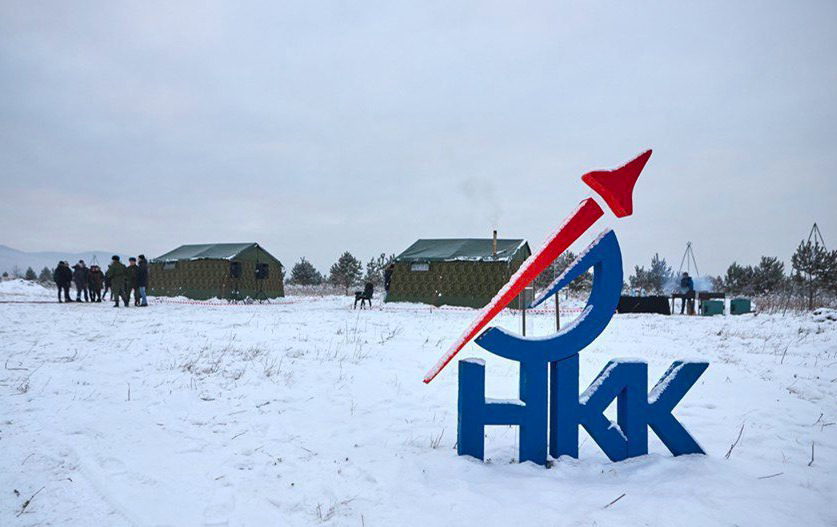
This week the second fire tests of the modified booster rocket engine were to take place. These are engine life tests, similar ones are also carried out at Roscosmos facilities: the maximum load on the engine is applied so as to reveal its resource. However, some high winds ruined the entire preparation, as military tents and a test bench at the training ground got broken. The technical event had to be postponed for a couple of weeks.
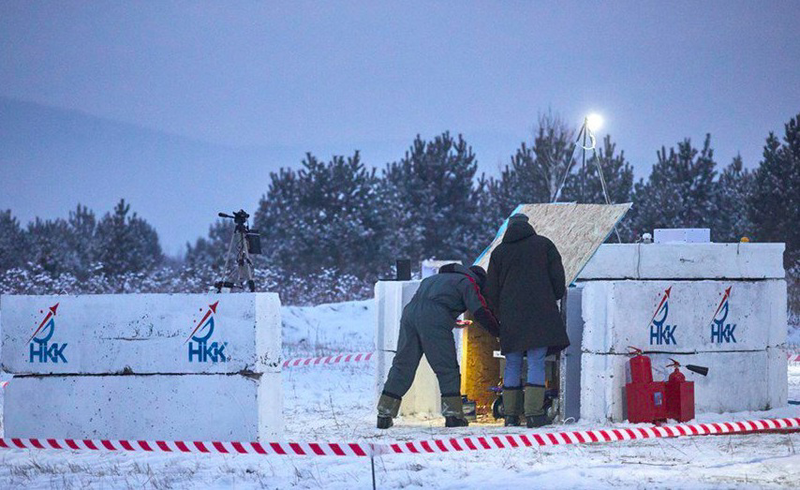
December last year, journalists, teachers and students of Reshetnev Siberian State University watched the fire tests with great interest. Fair enough, Krasnoyarsk has never experienced anything like that before. The National Space Company is one of the few in the country that is engaged in the development of private space exploration. There are no more than ten such enthusiasts in Russia.
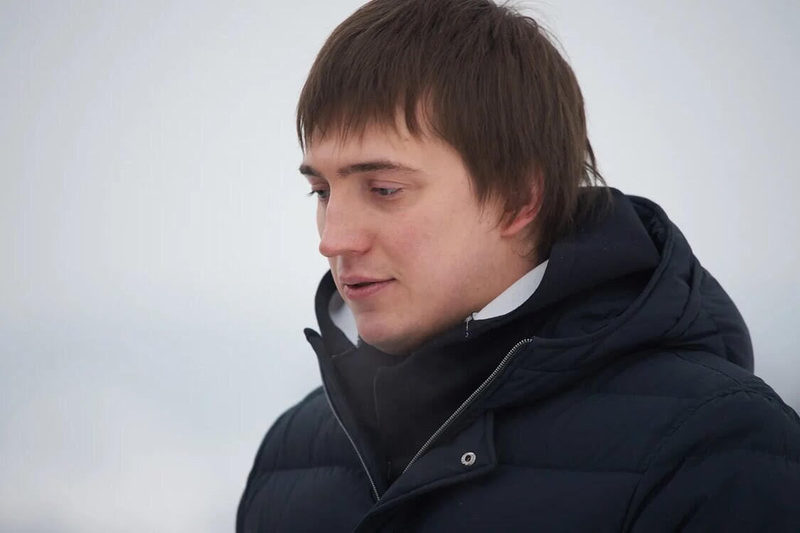
«We were forced to postpone the tests of the prototype engine for the second stage for three weeks due to weather conditions. After the first tests, our engineers eliminated the flaws found in two months. After the final tests, we will become the first private company in the country to have a fully finished prototype of a rocket engine printed on a 3D printer,» – said Maxim Kulikov, general director of the National Space Company.
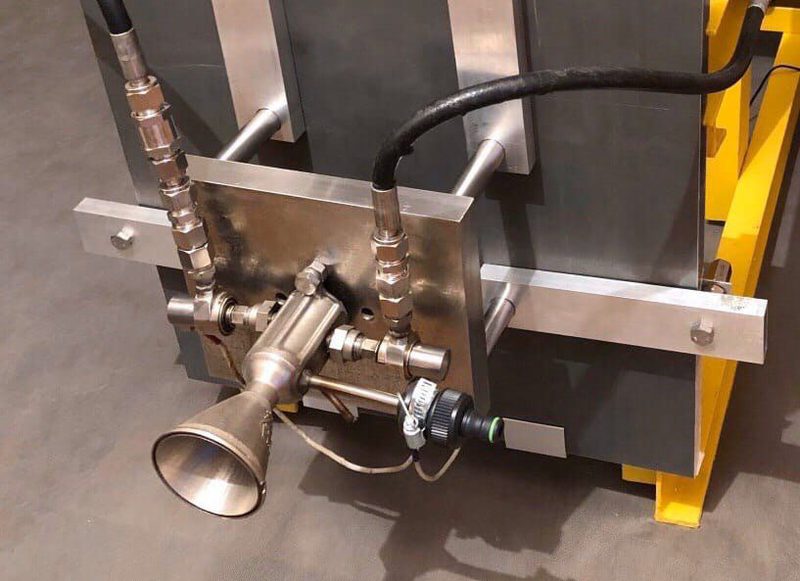
The plan of the Kulikov team includes the construction of the Siberian Space Centre, the final resource fire tests, as well as tests of the rocket launch system for an air launch, the construction of a launch pad and, in the end, the launch of the Siberia booster rocket into space.
«Roscosmos has its own goals. The market for ultrasmall rockets is currently empty, and the need to deliver small loads into orbit is huge and will only grow. The same communication that is now being organised through the towers will soon be a thing of the past. There will be only satellite communications. And for this it will be necessary to go into orbit with loads weighing up to a thousand kilograms. We will become the first private company in Russia to reach outer space!» – the director of the National Space Company assured.
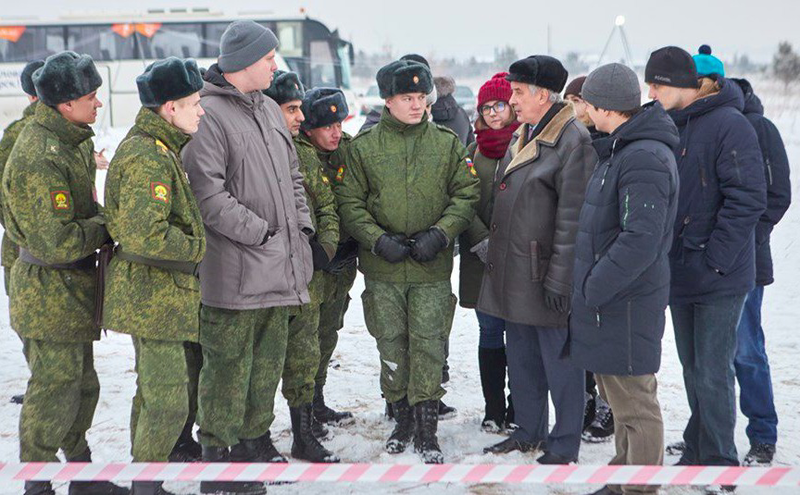
The project is being closely watched in the SibSU.
«We involve both students and teachers. In general, all possible resources. Because the end result interests everyone. My students are involved in this project from manufacturing to testing. And they see ready-made things and the benefits here are obvious,» – said Vadim Kholga, professor of the aircraft department.
For students and teachers, participation in the processes is precisely the practical work that is actually absent during the basic studies. After all, reading about engine tests in scientific works and seeing everything with your own eyes are completely different things benefit-wise. In addition, according to the university, graduates of specialised departments will be able to go to work in private space companies, which will only grow and develop every year.
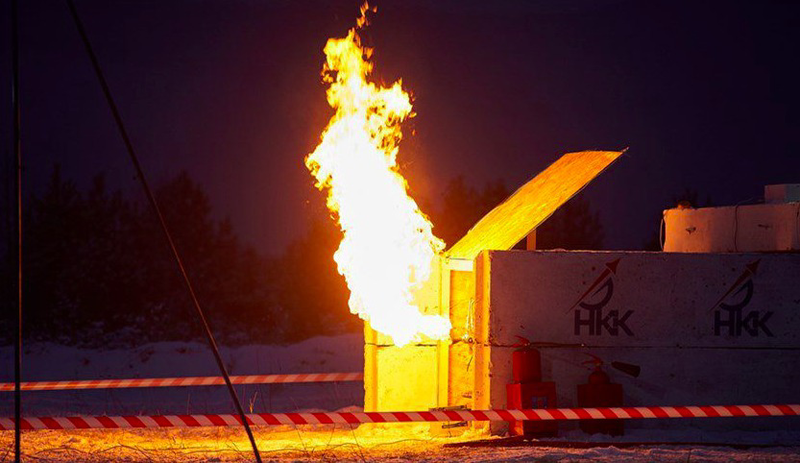
The launch of the Siberia by the National Space Company is set for 2022, whereas in the next two years before that – a series of presentations, technological tests, events and festivals.
author: Alexey Spiridonov
photo: newslab.ru
